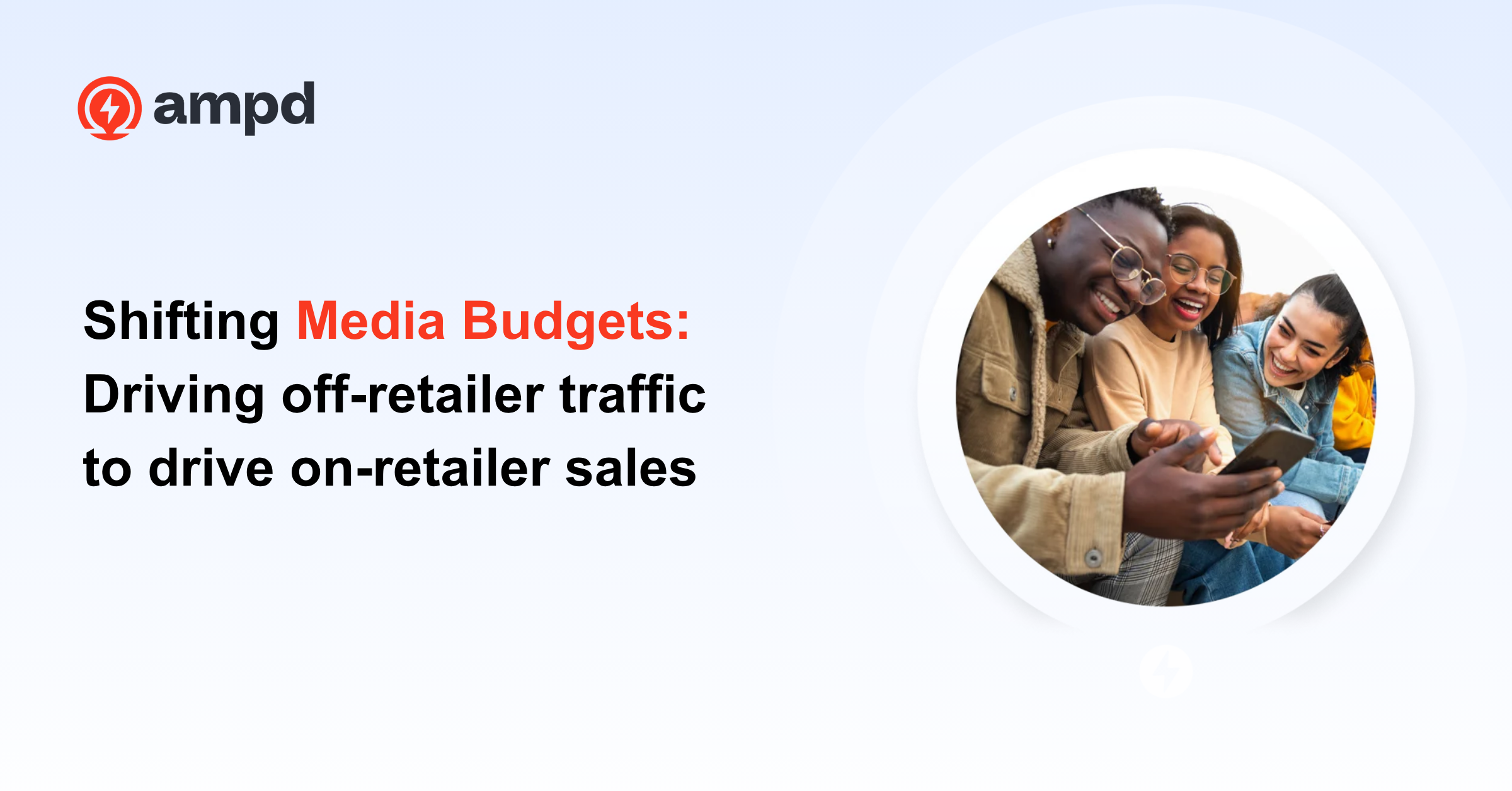Now more than ever, consumers are at home and either unable to or uninterested in visiting physical stores, relying on ecommerce more than ever.
But competition is stiff, and if stores hope to compete in 2021 and beyond, they need to think ahead, adjust to the ever-changing market and consumer expectations, and continually evolve their game plan.
1. Ecommerce is a conversation
If you hope to succeed, you need to realize that ecommerce consumers are a different breed entirely from brick and mortar customers. They have wildly different expectations and want a different experience.
When you start analyzing your sales funnel, start at the beginning with consumers’ first interaction with your brand. Is it a conversation? It should be.
The entire top of your sales funnel is everything the consumer learns about your brand before they purchase your product. For increased conversion, you need to treat every interaction like a conversation.
Engage the customer. Talk to them about your brand and your product and why it’s superior and then tailor the rest of their engagement with your brand around the first interactions.
For your existing customers, follow up with them quickly and gather micro-feedback that you can use to enhance their future communications.
2. Chatbots as customer service reps
More and more companies are taking advantage of the opportunities chatbot AI opens for their company
If you can’t keep up with the customer service messages coming in, chatbots can handle the influx and give your customers a consistently positive experience.
AI is advancing at a rapid pace, and ecommerce stores need to utilize chatbots to free-up employees and focus their time in more productive ways. Chatbots even provide your business with feedback on what questions are asked most often, which you can then utilize in creating better user experiences.
3. Utilize video content
Including videos on your ecommerce site can bring in more conversion than pictures alone. Nielsen reports that U.S. adults spend nearly 6 hours per day watching videos—and that number has likely grown significantly this past year alone.
In a different study, 73% of online consumers indicated they are more likely to buy a product after viewing video content that explains how it works and another 44% say they are likely to purchase more products from an ecommerce site that features product videos.
Social media sites are in the know, increasing optimization for video content on their platforms. If your ecommerce site doesn’t include product videos, you’re behind the time.
4. Personalization for better engagement
Ecommerce consumers expect more customization than at brick and mortar stores.
Your personalization efforts need to go beyond knowing their name and birthday—far fewer consumers care about a brand that addresses them by their first name or sends a birthday email than brands who reach out with specific and personalized offers.
You need to enter your ecommerce market with the understanding that consumers expect personalization of your site, emails, and advertisements.
Moving forward, ecommerce decisions need to be based around what the customers want and what they expect. Cater to their wishes and watch your conversion rates flourish. Even though the ecommerce competition can be tight if you utilize the right trends and stay continually updated your business can succeed.

